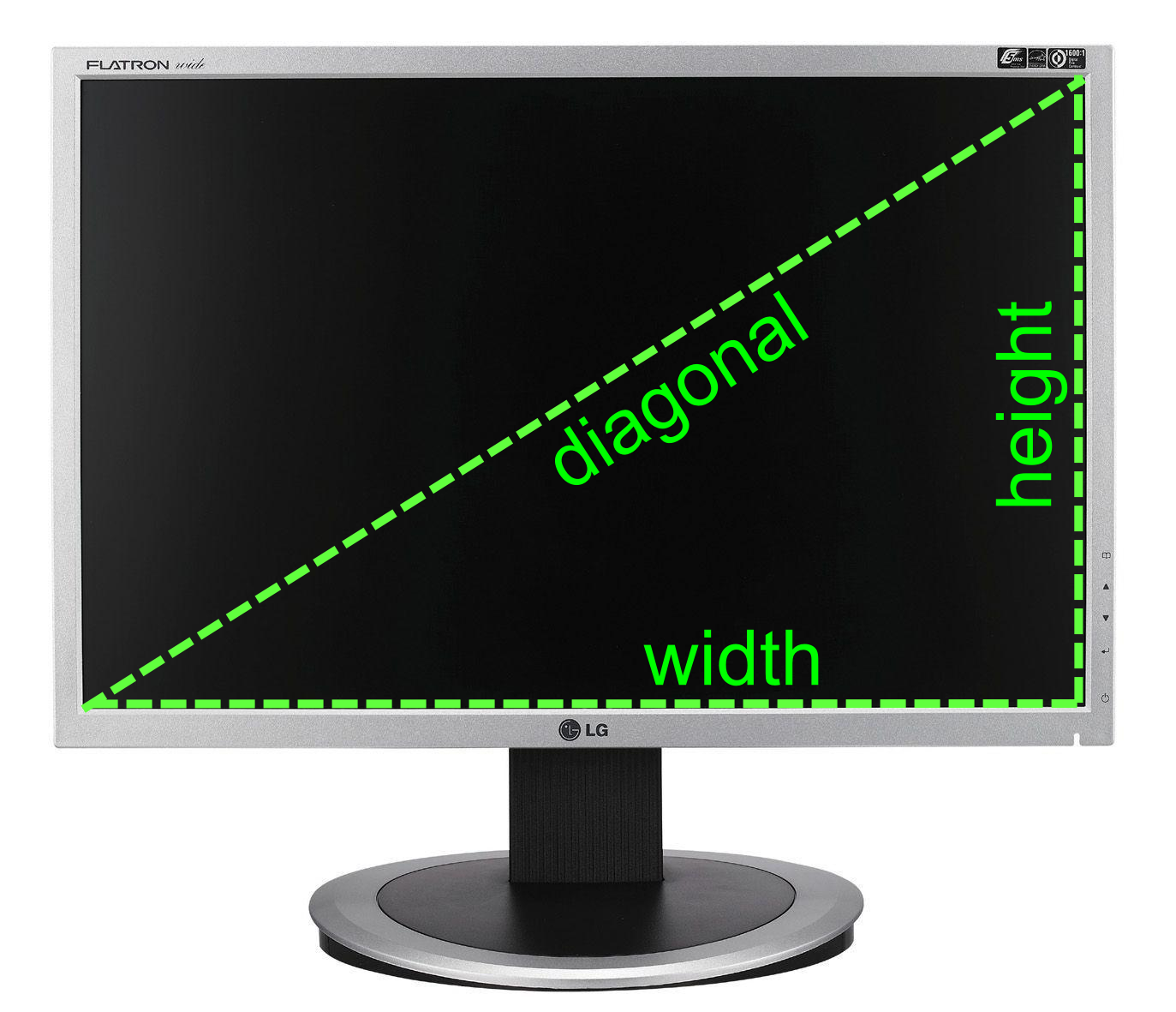The University of Chicago Young Scholars Program
Summer 2016: July 5 – 29, 2016
We are pleased to announce that applications for the 2016 Young Scholars Program (YSP) are now available! YSP at the University of Chicago offers enthusiastic and talented math students from seventh through twelfth grades an opportunity to strengthen their mathematical powers through a deep experience in mathematical thought and effort. Our intention is to broaden and enrich the students' understanding of mathematics rather than to accelerate them through the standard high school curriculum.
The mathematical theme for this summer is number theory. The 7th-8th Grade Component will include topics in number theory and supplemented with an introduction to computer programming with Java, emphasizing the applications of computer science to number theory. We are still finalizing the course line-up for the 9th-10th and 11th-12th grade components. In the past, they have included such courses as a course in number theory and cryptography and a course in advanced problem solving, covering the ideas in algebra, geometry, number theory, and combinatorics for the 9th-10th component. The 11th-12th component has included such topics as advanced number theory and finite fields. All components use active learning techniques and ask students to work through challenging problems with the guidance of faculty instructors and undergraduate counselors.
We would appreciate it if you would bring these programs to the attention of your top mathematics students. The type of student most suitable for participation is one who has scored very high on the mathematics portion of the SAT, ACT, or another standardized examination, or who has demonstrated unusual mathematical ability in other ways. We are particularly interested in including minorities and females.
YSP is generously supported from various sources, but these do not cover the full cost of the program. In order to continue the program, we have instituted a tiered tuition system based on household income. Please note that ability to pay will not be taken into account in the application process in any way and financial assistance is available to qualifying students. Tuition details are listed on the application.
